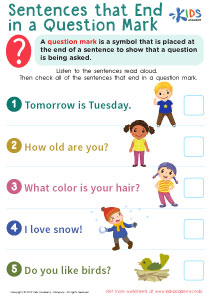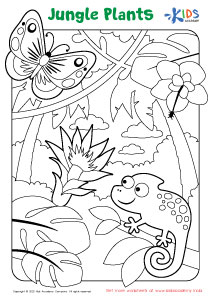K.MD.A.2 Measurement and Data worksheets With Answers for Kindergarten
9 filtered results
-
From - To
Explore our K.MD.A.2 Measurement and Data worksheets designed specifically for Kindergarten students. These engaging worksheets help young learners understand concepts of measuring and comparing lengths of objects. With a focus on hands-on activities, kids can enjoy practical applications while developing essential math skills. Each worksheet includes clear answer keys for teachers and parents, making it easy to assess progress and facilitate learning. Enhance your Kindergarten curriculum with these exciting resources that foster a love for math and support the CCSS standards. Perfect for classroom use or as homework assignments, our K.MD.A.2 worksheets make learning measurement fun and interactive!


Which Has More? Size Worksheet


Sort and Count to the Moon Worksheet


Which Has Less? Worksheet


Which Holds More: Capacity Worksheet


Which Holds Less? Worksheet


Sorting: Tallest to Shortest Worksheet
K.MD.A.2 emphasizes the importance of measuring and comparing lengths of objects, which is a crucial skill for kindergarteners. Parents and teachers should care about this standard because it lays the foundation for future mathematical understanding. Learning how to measure teaches children to observe, compare, and express their ideas numerically, fostering critical thinking and problem-solving skills.
Engaging in measurement activities promotes cognitive development. Children start recognizing concepts of size, length, and quantity, paving the way for more advanced mathematical concepts in later grades. Furthermore, this standard encourages hands-on learning experiences, such as measuring classroom items or comparing the lengths of their classmates' drawings. These activities not only increase comprehension but also keep students engaged and motivated.
Additionally, mastering measurement concepts supports everyday life skills, enhancing children’s ability to become independent problem solvers. For example, they can learn to measure ingredients for a recipe or understand spatial relationships in their environment.
Overall, K.MD.A.2 serves as an essential building block for mathematics, encouraging children to explore the world around them while developing vital skills that will benefit their academic and personal lives.
 Assign to My Students
Assign to My Students






.jpg)


.jpg)
.jpg)







